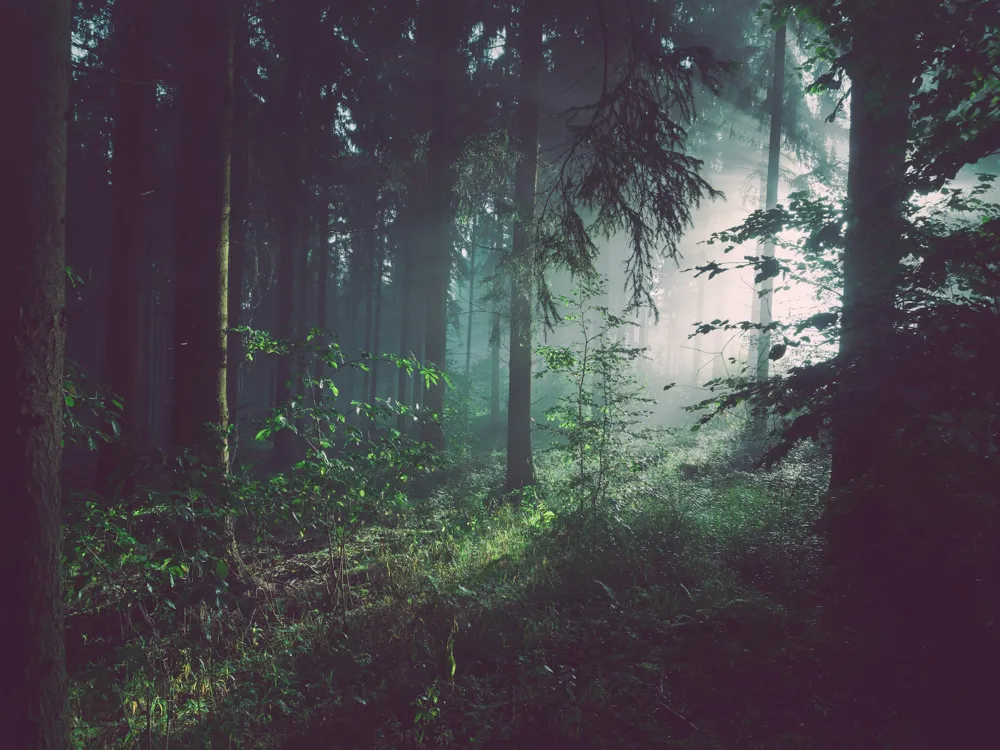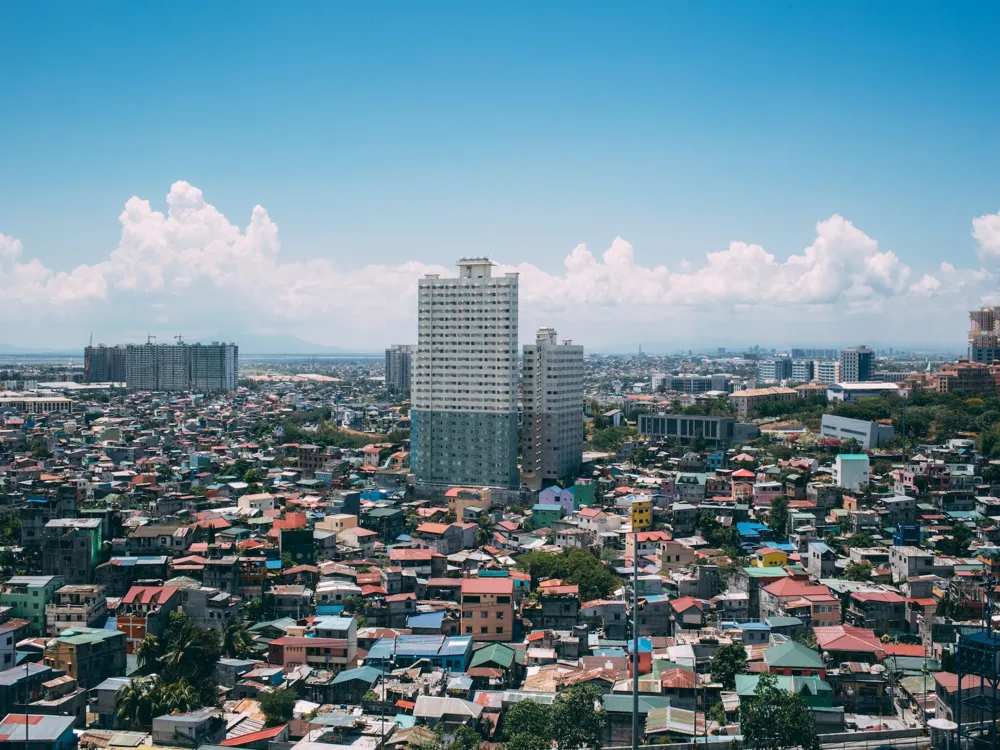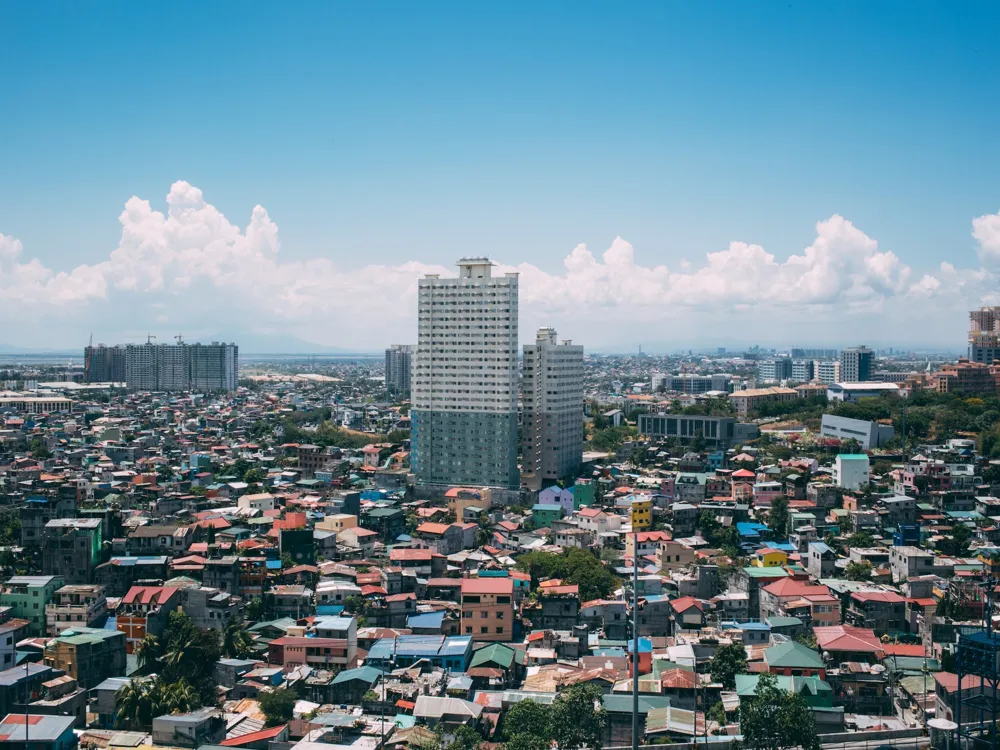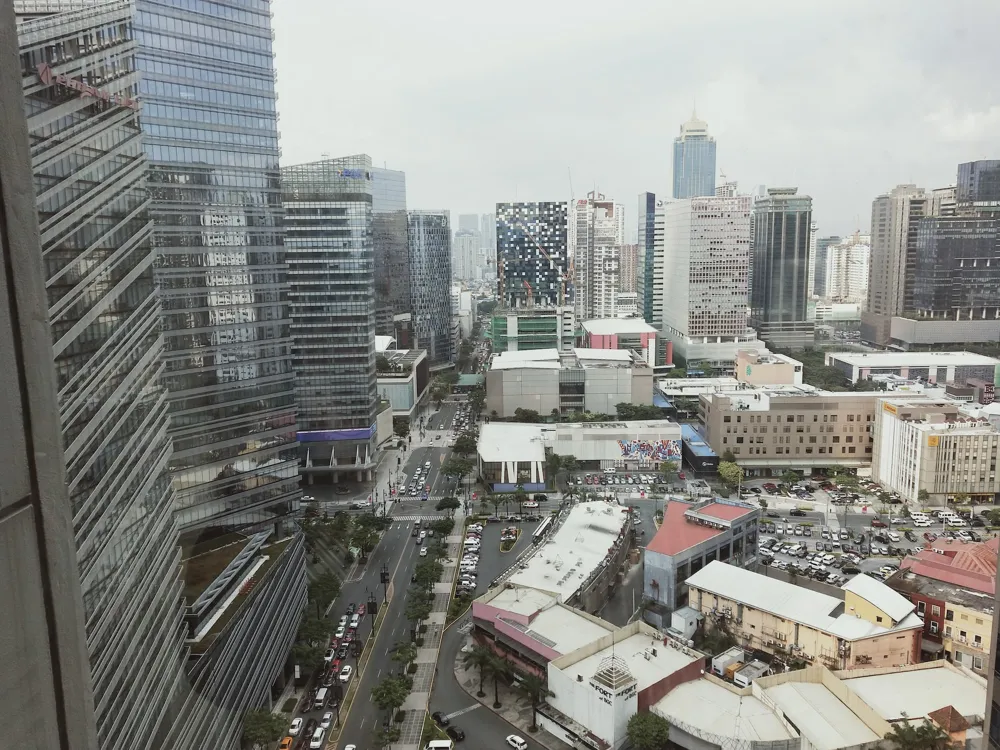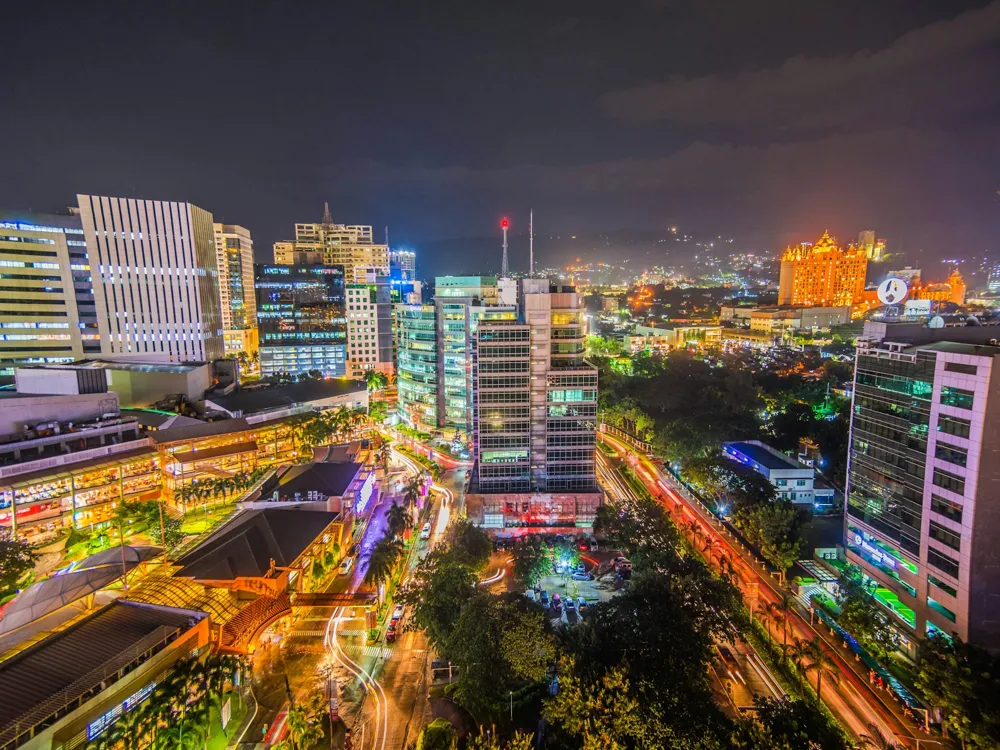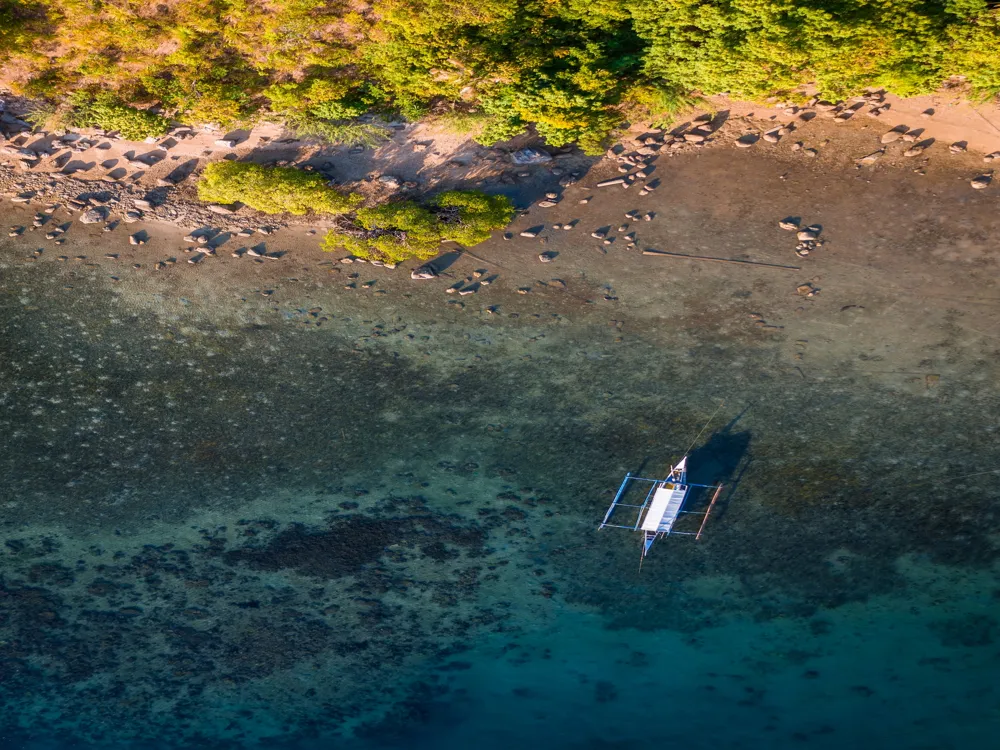Nestled in the heart of Manila, Arroceros Forest Park stands as a verdant oasis amidst the urban landscape. This enchanting park, often referred to as the 'last lung' of Manila, offers a serene and picturesque escape from the bustling city life. Established in the late 1990s, Arroceros Forest Park spans over 2.2 hectares and is home to over 3,000 trees and 10,000 ornamental plants, making it a biodiversity hotspot in the Philippine capital. The park's rich history dates back to the Spanish colonial period, when it was used as a trading post and later transformed into a tobacco factory. The American occupation brought further changes, converting it into a military garrison. It wasn't until the late 20th century that the area was finally developed into the green space we see today. This transformation marked a significant shift in Manila's urban planning, prioritizing green spaces and environmental conservation. Arroceros Forest Park is not just a haven for plant species; it also provides a habitat for a variety of bird species, making it a popular spot for birdwatchers and nature enthusiasts. The park's lush foliage includes native Philippine trees such as the narra, molave, and kamagong, which are interspersed with pathways, stone bridges, and quiet sitting areas. These elements come together to create a tranquil environment that contrasts sharply with the surrounding urban sprawl. The significance of Arroceros Forest Park extends beyond its ecological importance. It serves as a living classroom for environmental education, where students and visitors can learn about native flora and fauna. Additionally, it's a place of cultural and historical value, with its past intricately woven into the fabric of Manila's history. The park's preservation efforts are a testament to the city's commitment to maintaining its natural heritage amidst modern development. In recent years, the park has faced challenges, including threats of commercial development and environmental degradation. However, strong advocacy from environmental groups and community members has led to renewed efforts to protect and preserve this urban oasis. Today, Arroceros Forest Park stands not only as a symbol of Manila's natural beauty but also as a beacon of hope for sustainable urban development. The architecture of Arroceros Forest Park in Manila is a unique blend of natural landscape design and subtle man-made structures that complement its surroundings. Unlike traditional parks with grandiose structures or ornate designs, Arroceros Forest Park focuses on preserving the natural environment while incorporating elements that enhance its beauty and functionality. One of the key architectural features of the park is its network of winding paths and trails. These pathways are designed to blend seamlessly with the landscape, allowing visitors to explore the park without disturbing its natural state. The paths are often flanked by a variety of trees and plants, providing a canopy that shields visitors from the harsh sun while adding to the park's aesthetic appeal. Stone bridges are another characteristic feature of the park's architecture. These bridges, which cross over small streams and water features, are made from natural materials like stone and wood, echoing the park's commitment to ecological harmony. The bridges are not only functional but also serve as vantage points for visitors to enjoy the serene water elements and the surrounding greenery. The park's sitting areas are strategically placed to offer rest and relaxation while maximizing the view of the natural scenery. These areas are furnished with simple, unobtrusive benches and tables, often made from recycled or sustainable materials. This choice of furnishings underscores the park's dedication to environmental sustainability. In terms of buildings, Arroceros Forest Park houses a minimal number of structures, ensuring that the natural environment remains the focal point. Any existing structures, such as the visitor center or educational facilities, are designed to be low-impact and environmentally friendly. These buildings often incorporate elements such as green roofs, natural ventilation, and the use of local, sustainable materials. The architectural philosophy of Arroceros Forest Park is rooted in the principle of minimal intervention. The park is a prime example of how architecture can enhance and preserve the natural environment, rather than dominate it. This approach has made the park not only a green sanctuary in the midst of an urban setting but also a model for sustainable urban park design. The best time to visit Arroceros Forest Park is during the cooler months from December to February. The weather is more pleasant, making Read moreOverview of Arroceros Forest Park in Manila
Architecture of Arroceros Forest Park
Tips for Visiting Arroceros Forest Park
Best Time to Visit
Manila Tourism
Best Time to Visit Manila
How to Reach Manila
Things To Do Manila
Arroceros Forest Park
Manila
₹ 38,599 onwards
View manila Packages
Weather :
Tags : Garden & Park
Timings : 24 hrs
Time Required : 1 - 2 hrs
Entry Fee : No Entry Fee
Planning a Trip? Ask Your Question
Manila Travel Packages
View All Packages For Manila
Top Hotel Collections for Manila

Private Pool

Luxury Hotels

5-Star Hotels

Pet Friendly
Top Hotels Near Manila
Other Top Ranking Places In Manila
View All Places To Visit In manila
View manila Packages
Weather :
Tags : Garden & Park
Timings : 24 hrs
Time Required : 1 - 2 hrs
Entry Fee : No Entry Fee
Planning a Trip? Ask Your Question
Manila Travel Packages
View All Packages For Manila
Top Hotel Collections for Manila

Private Pool

Luxury Hotels

5-Star Hotels

Pet Friendly







